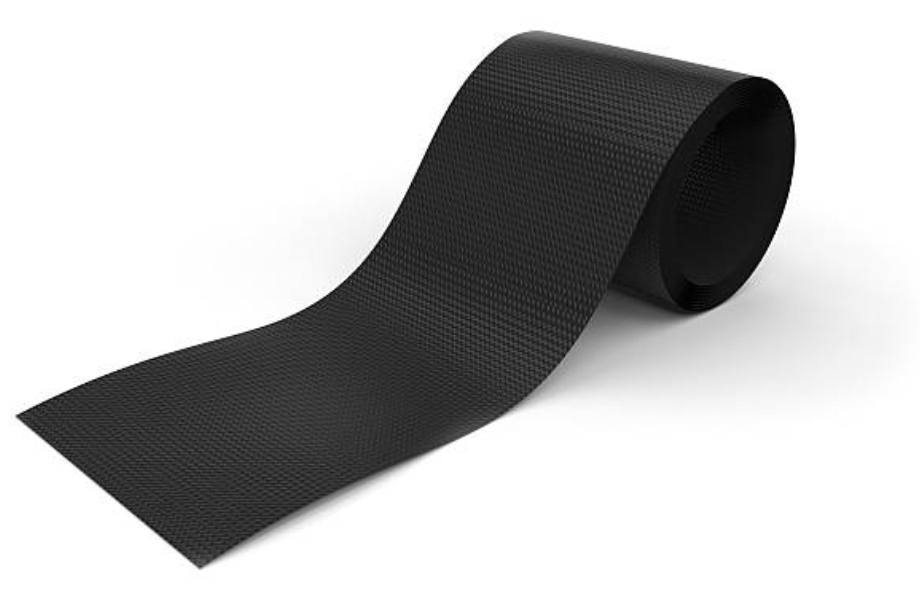
Are you wondering what neoprene rubber is and how it’s used? Well, wonder no more! Neoprene rubber is a versatile material that has been widely adopted in various industries. It’s durable, water-resistant, and can withstand extreme temperatures. From wetsuits to automotive parts, neoprene rubber has found its way into many applications. seashorerubber.com is a website that specializes in selling seashore rubber products, including gloves, mops and buckets. The site offers a variety of products at different price points, making it easy for customers to find the right product for their needs.
In this post, we’ll explore everything you need to know about neoprene rubber – from its chemical properties to its most common uses. So grab a cup of coffee and let’s dive into the world of neoprene rubber!
What is Neoprene Rubber?
Neoprene rubber is a synthetic rubber that is thermoplastic and has excellent resistance to weathering, ozone, and sunlight. It is also resistant to oil and gas, hydrocarbons, salt water, and most chemicals. Neoprene rubber has good impact strength and electrical insulation properties. It is commonly used in a variety of applications where resistance to weathering, oil/gas, or chemicals are desired.
Types of Neoprene Rubber
Neoprene rubber is a synthetic rubber made from the polymer neopentane. It’s often used in products that need to be waterproof, including rain gear and boots, due to its resistance to water and oil. Neoprene rubber has a low elasticity, so it’s not as stretchy as other rubbers, which can make it difficult to form into shapes.
Benefits of Neoprene Rubber
Neoprene rubber is a synthetic rubber that has been used in the automotive and sporting goods industries for over 50 years. The main benefits of neoprene rubber are its high elasticity and resilience, making it perfect for a variety of applications.
One of the most common uses for neoprene rubber is in automobile tires. Neoprene rubber has a higher elasticity than standard rubber, which allows it to stretch more in the event of an impact. This makes it more resistant to deformation and ensures that the tire maintains its shape even under heavy loads.
Neoprene rubber is also used in sporting goods such as golf clubs, tennis rackets, and soccer balls. Its high resilience prevents damage during collisions or while being played with. Additionally, neoprene rubber is soft enough to provide good grip but tough enough to resist wear and tear.
Applications of Neoprene Rubber
Neoprene rubber is a synthetic rubber that is resistant to heat, oil, and water. It is used in a wide range of applications, including for insulation, weatherproofing, and as a sealant. Neoprene rubber is also popular as an athletic shoe and bicycle tire material.
Conclusion
Neoprene rubber is a material that is both durable and flexible. It is often used to make watertight seals, such as those on fuel tanks, in order to prevent air from entering and causing damage. Neoprene rubber also finds use in electrical insulation and other protective applications. Because of its elasticity, neoprene rubber can be stretched many times its original size without breaking. This makes it an ideal material for making clothing, footwear, and other items that need to conform to the body but also be stretchy enough to allow movement, read more for details.
Interesting Related Article: “The Essential Guide To White Label Product Manufacturing“

